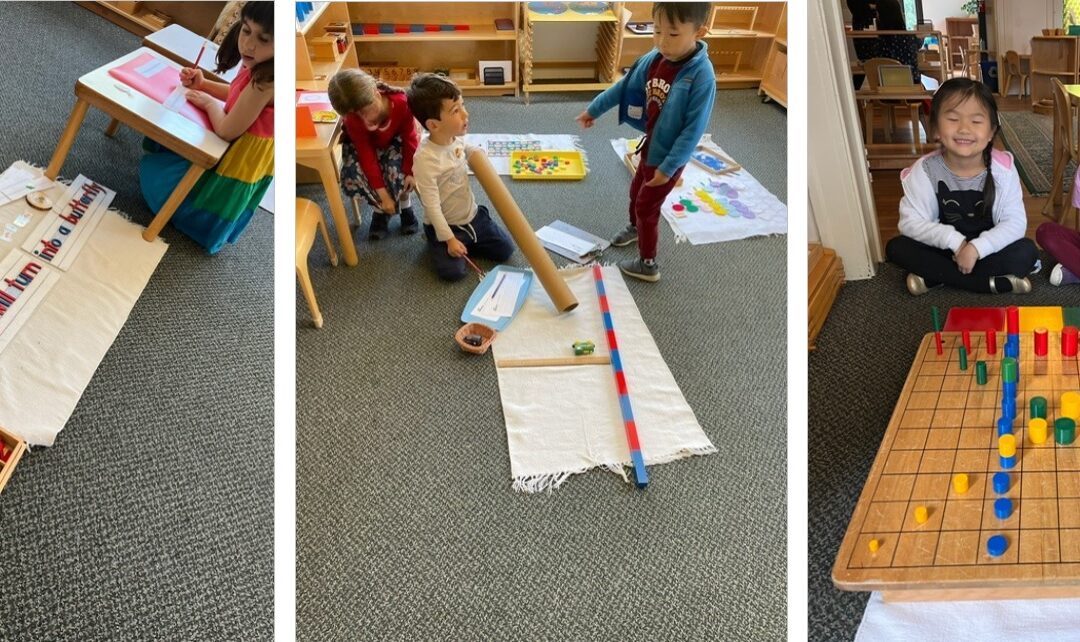Once a child experiences the inner satisfaction of being capable of mastering a new skill, there is nothing to stop them from wanting more.
It is a constant cycle in our classroom – the teachers watch as the children work in the classroom; when the children are ready, the teachers show them the next work or the next level of difficulty; the children work on their skills until they master them and are ready for the next challenge.
By the end of their third year at My Own Montessori, our oldest students are constantly hungry for the next challenge, and the teachers are constantly creating new materials or extensions to the classic Montessori materials to satisfy the children’s hunger for more.
Here are some examples:
After mastering laying out the Knobless Cylinders from biggest to smallest both horizontally and vertically, doing the work with a blindfold on or combining all four sets and laying them out on a large grid based on each cylinders parameters is a fun next step.

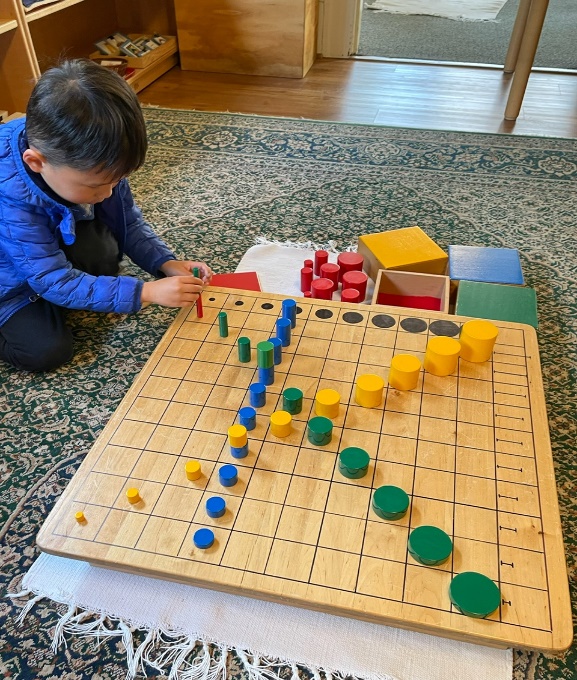
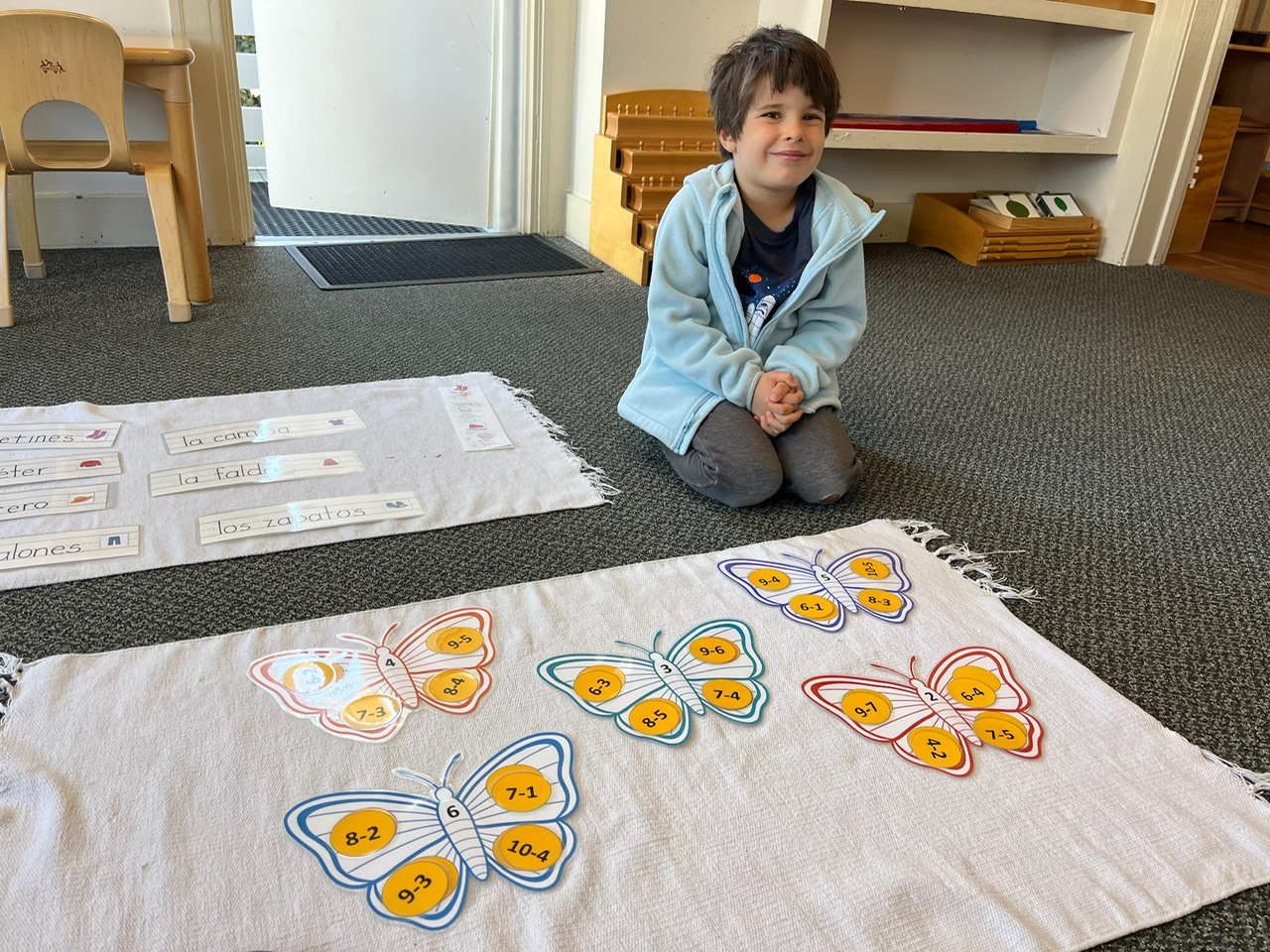
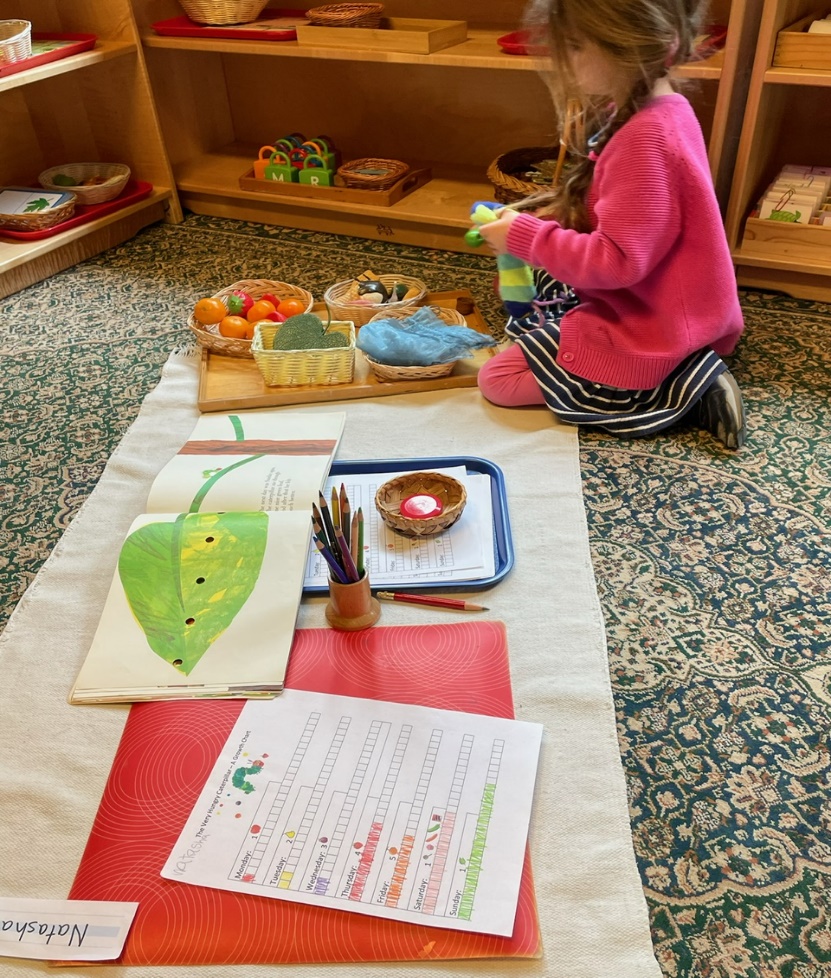
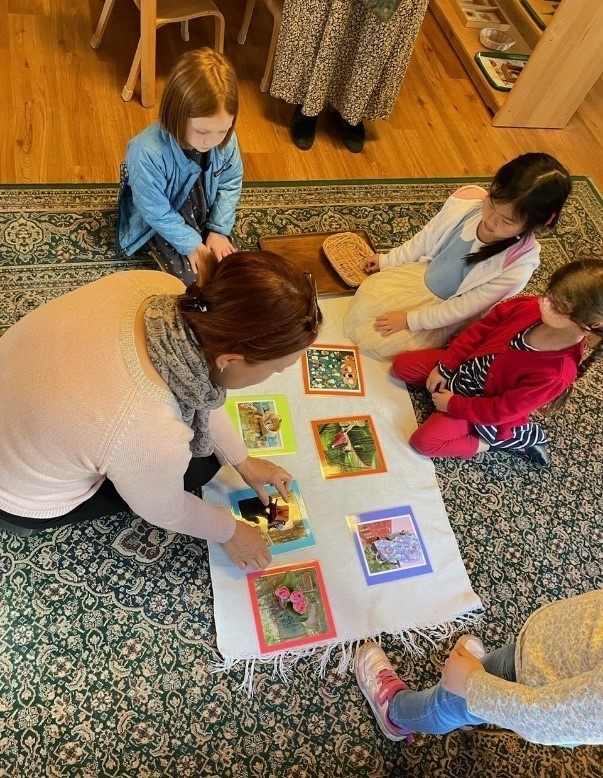
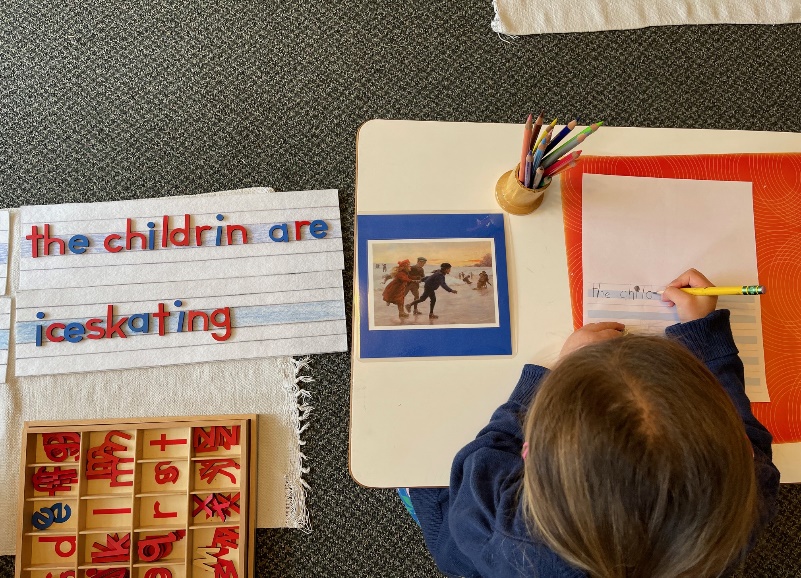
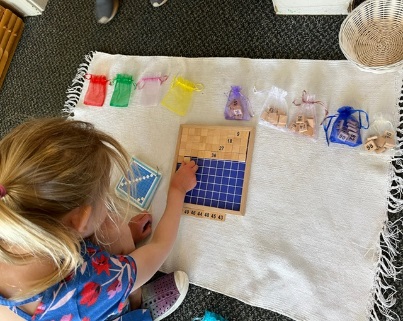
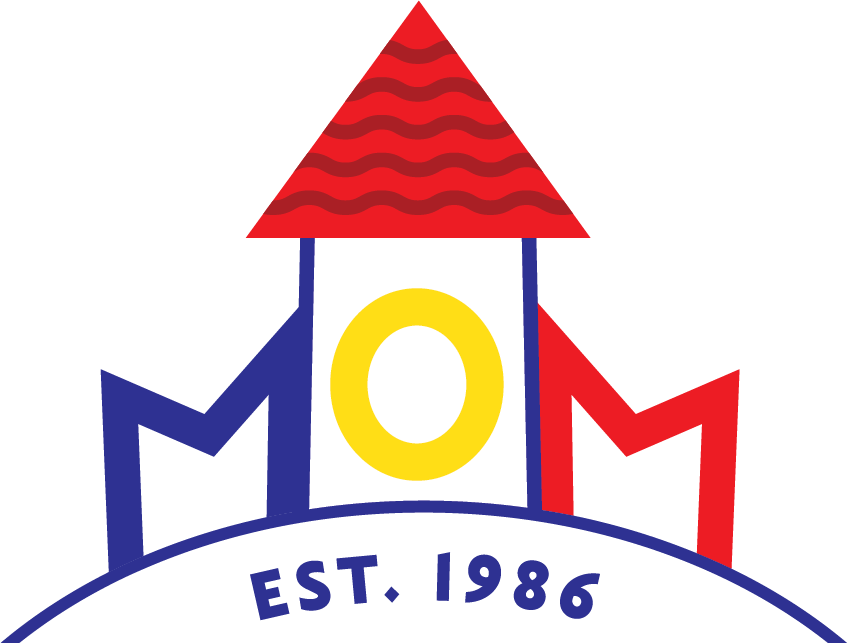
Contact Us
510.652.5979
myownmontessori86@gmail.com
Oakland, CA 94618
Send us
a Message
Download Admission Application

